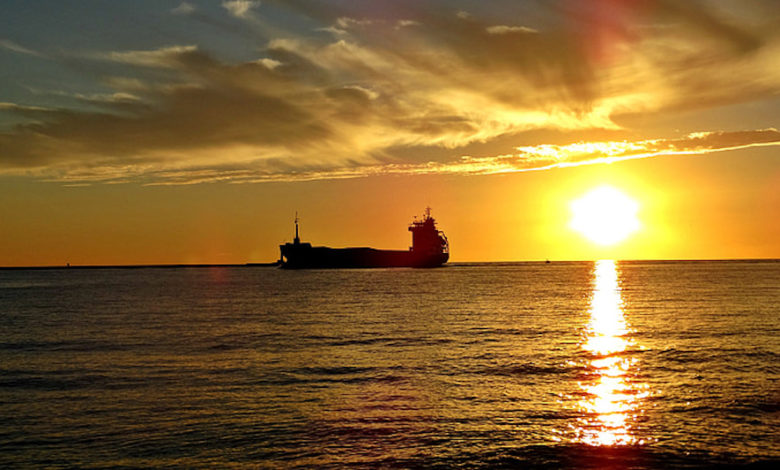Tool developed to help shipping stakeholders identify best ports for sustainable first mover initiatives

Environmental Defense Fund (EDF) and Lloyd’s Register (LR) Maritime Decarbonisation Hub, in collaboration with Arup, have introduced the Sustainable First Movers Initiative Identification Tool, a system to help shipping stakeholders align investment decisions that support the maritime energy transition away from fossil fuels.
The tool scores a port’s potential to produce and bunker electrofuels while delivering local environmental and community benefits in alignment with the global temperature target of 1.5 degrees Celsius set by the Paris Agreement.
“Ports can play an important role in kickstarting shipping’s decarbonisation process even before global policies are established,” said Marie Cabbia Hubatova, director, global shipping at EDF. “By considering the impact sustainable first mover initiatives can have on port-side communities, climate, environment and economies, resources can be better directed to locations where these initiatives will make the biggest difference.”
With close to 2bn people living near coastal zones globally, the role of, and impacts on local port communities must be considered as the sector decarbonises globally, backers of the new tool argue.
The preliminary phase of the tool analyses 108 ports in the Indo-Pacific region according to five criteria including land suitability, air quality, renewable energy surplus, economic resilience and ship traffic.
It is also applied to three different port scenarios, including ports exploring fuel production and bunkering, ports exploring fuel exports, and ports exploring fuel imports and bunkering. The combined criteria and scenario evaluation determines which ports have the greatest potential for sustainable first-mover initiatives to lead to significant emissions reductions and positive impacts in nearby communities, such as improved air quality and economic resilience.
“The transition to clean energy supply for shipping can be achieved only if stakeholders act together. Identifying potential port locations is the first step in this process,” said Dr Carlo Raucci, consultant at Lloyd’s Register Maritime Decarbonisation Hub. “This approach sets the base for a regional sustainable transition that considers the impacts on port-side communities and the need to avoid regions in the Global South lagging behind.”
The tool can be customised according to stakeholders’ needs and goals and is dependent on scenario desirability. The next phase of this work will include the selection and detailed assessment of 10 ports to help better understand local needs.
